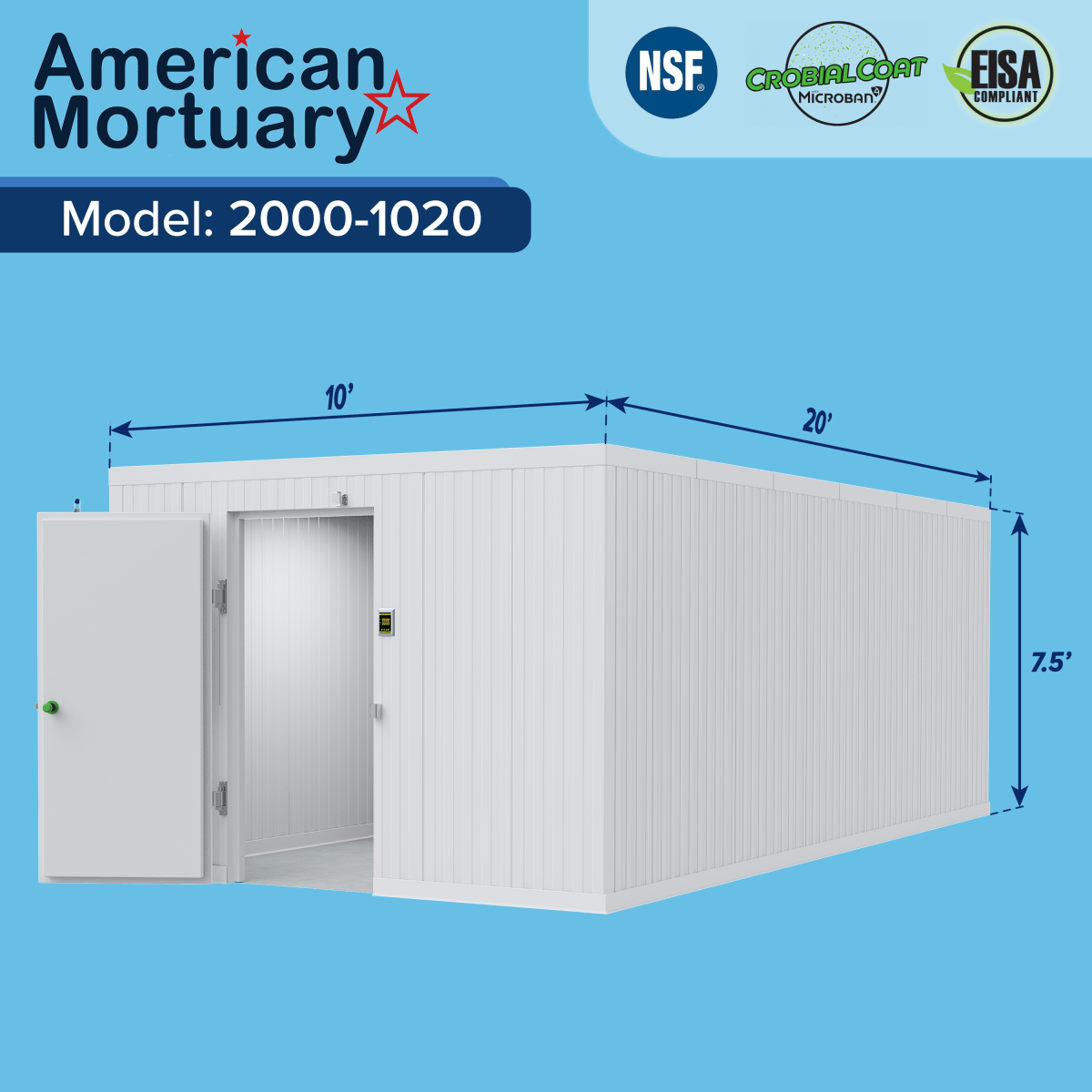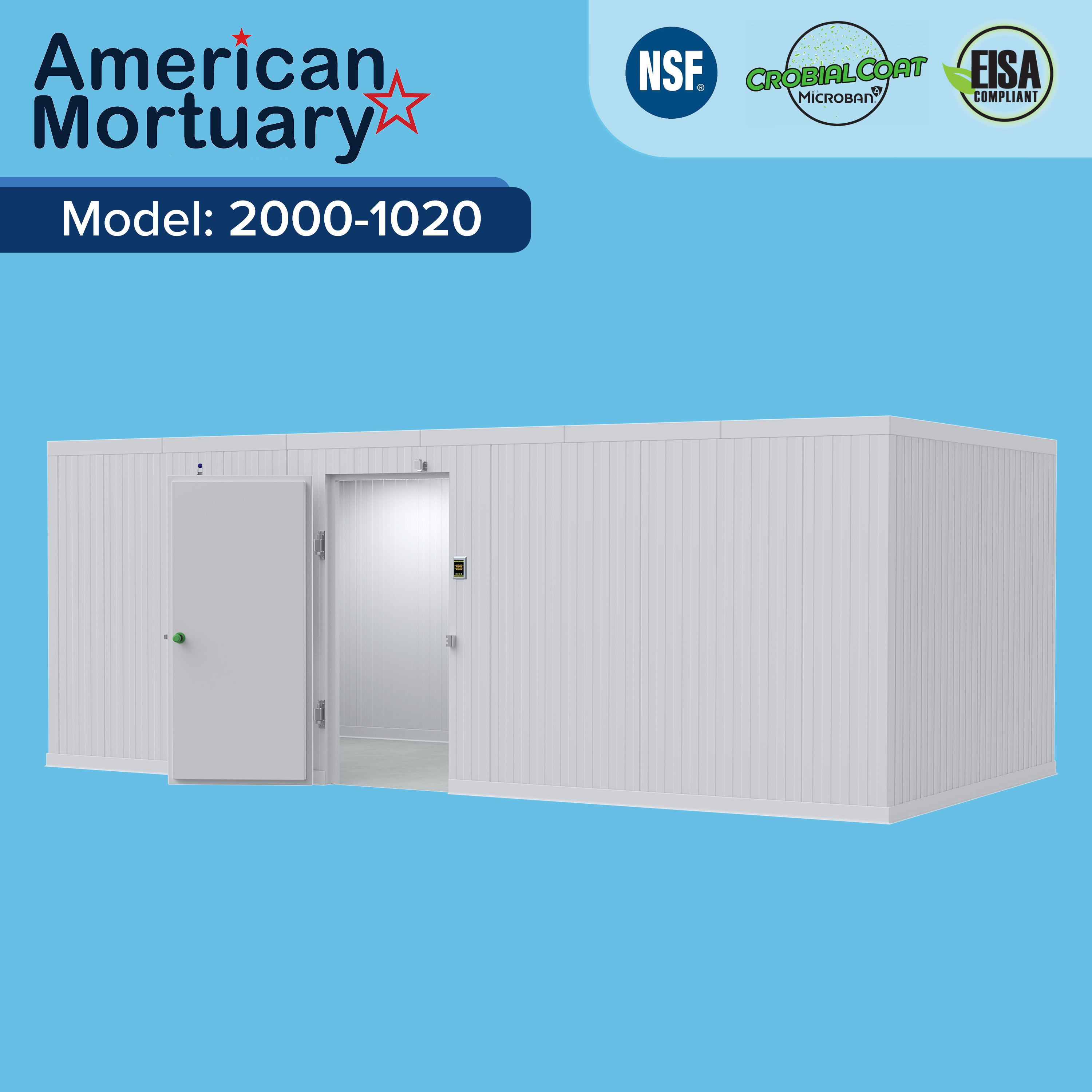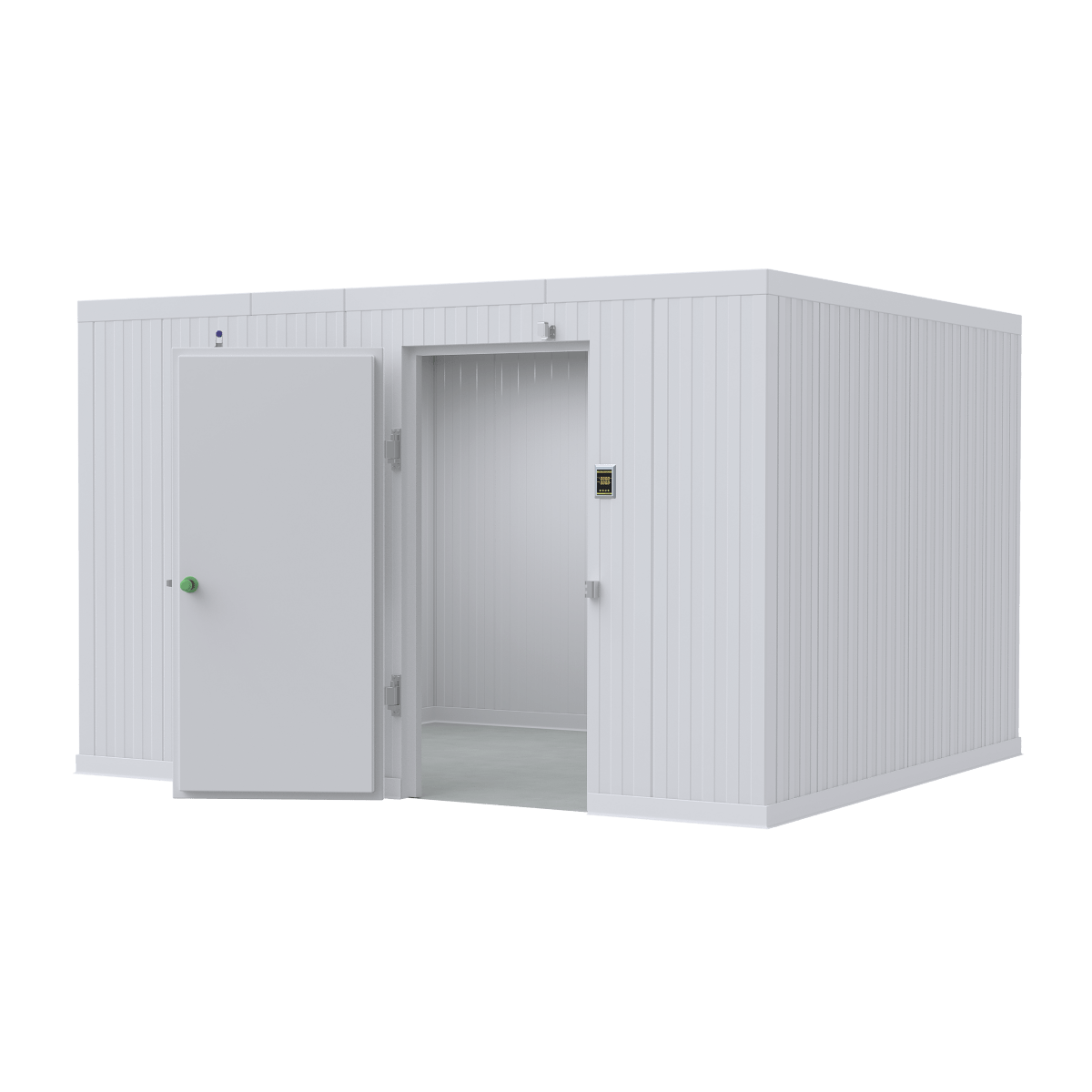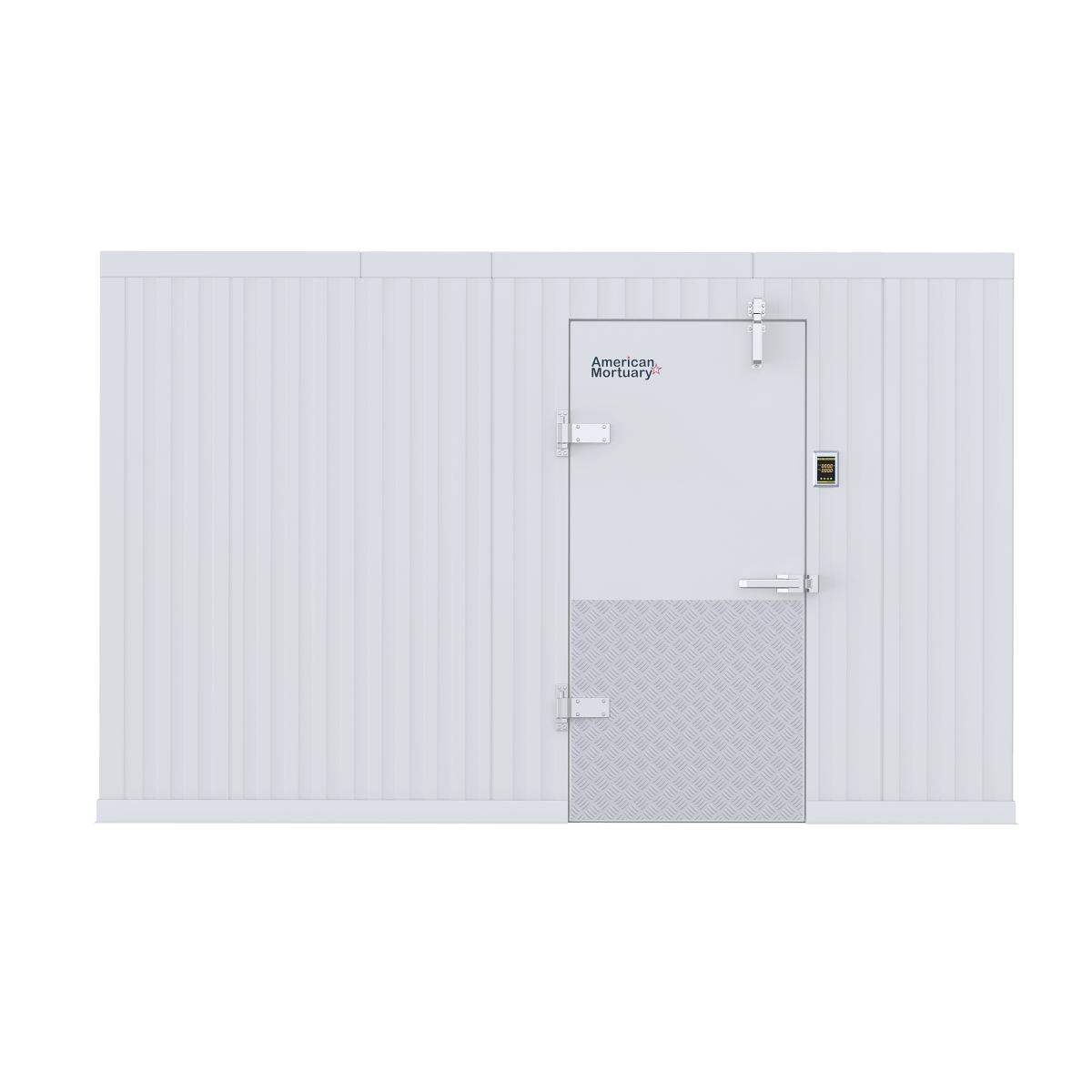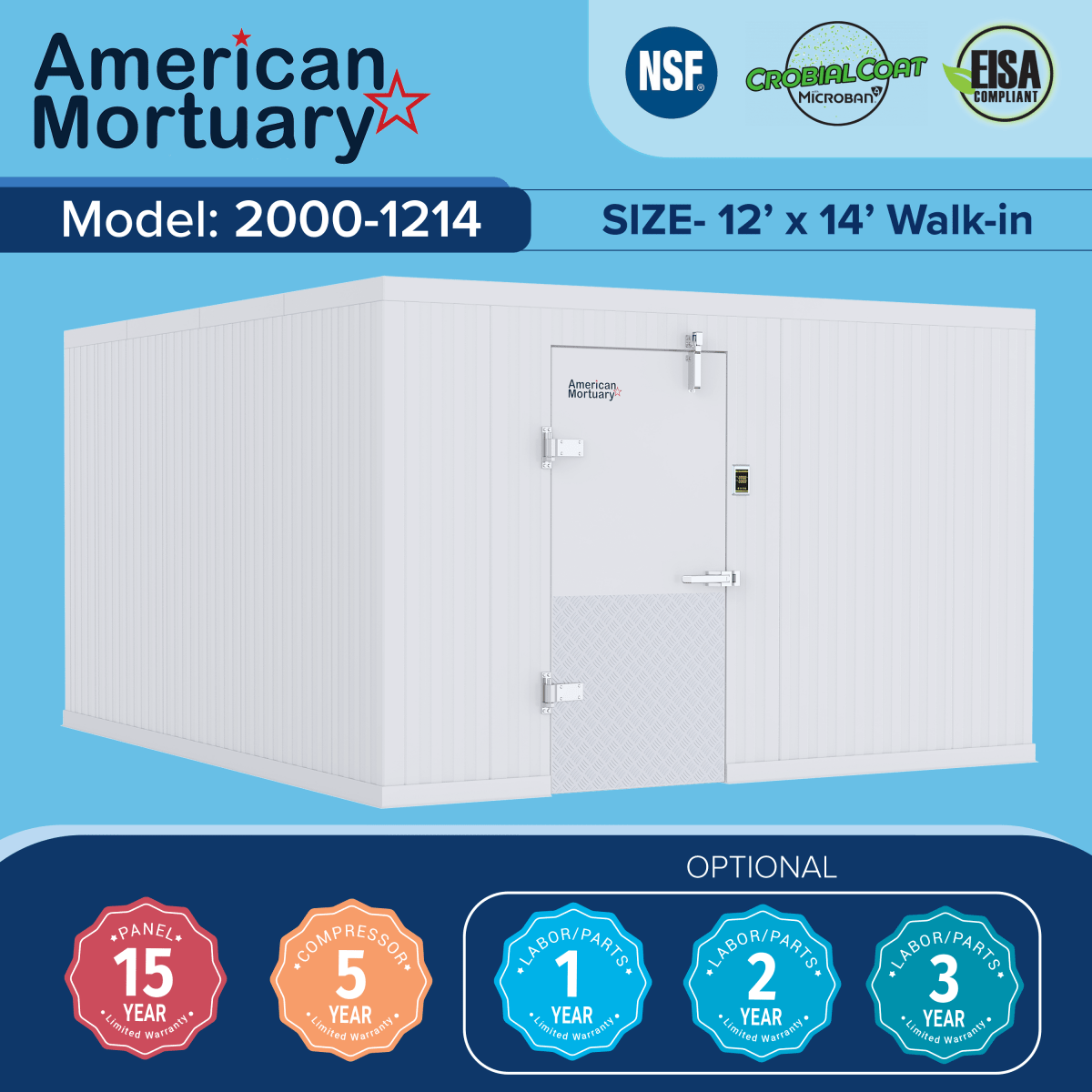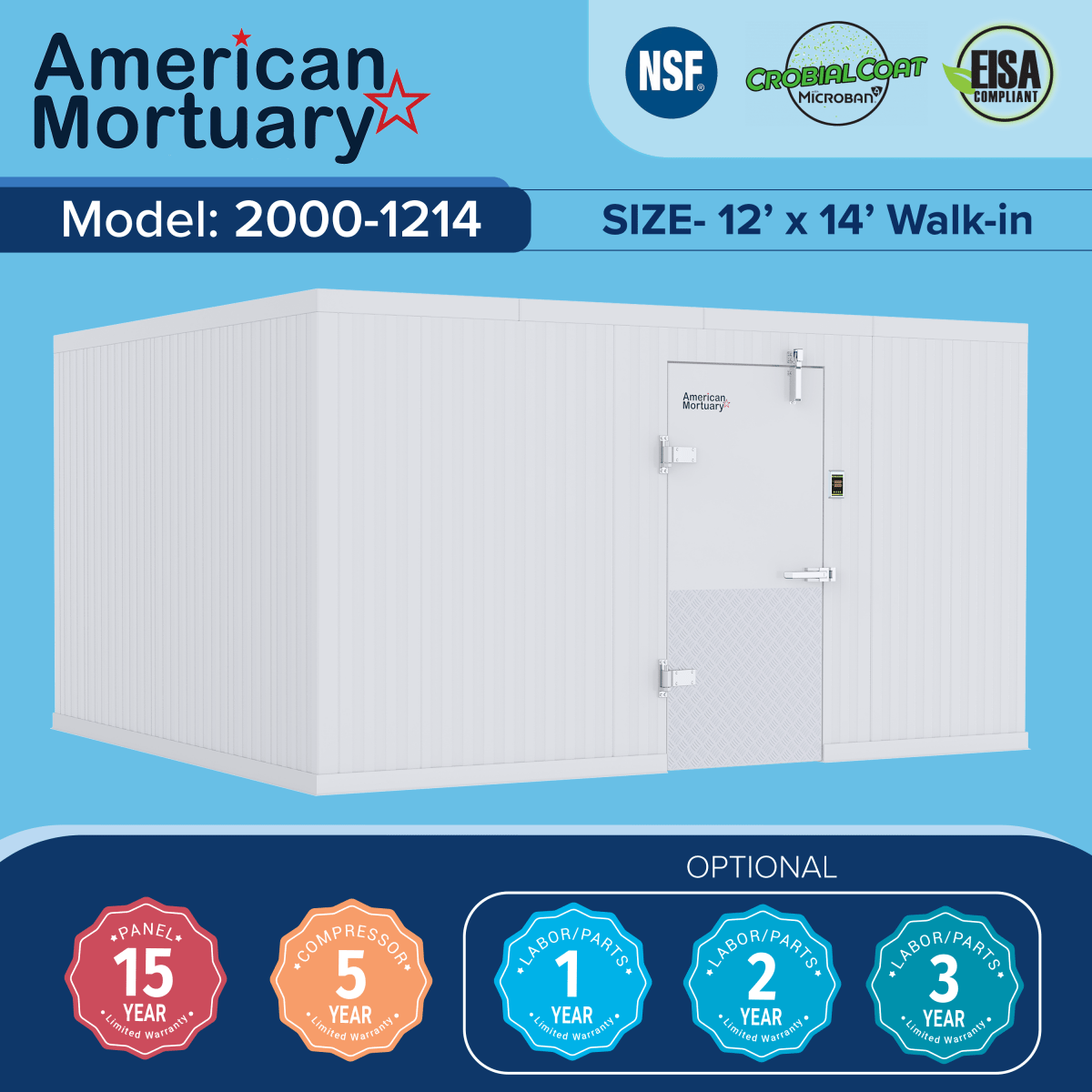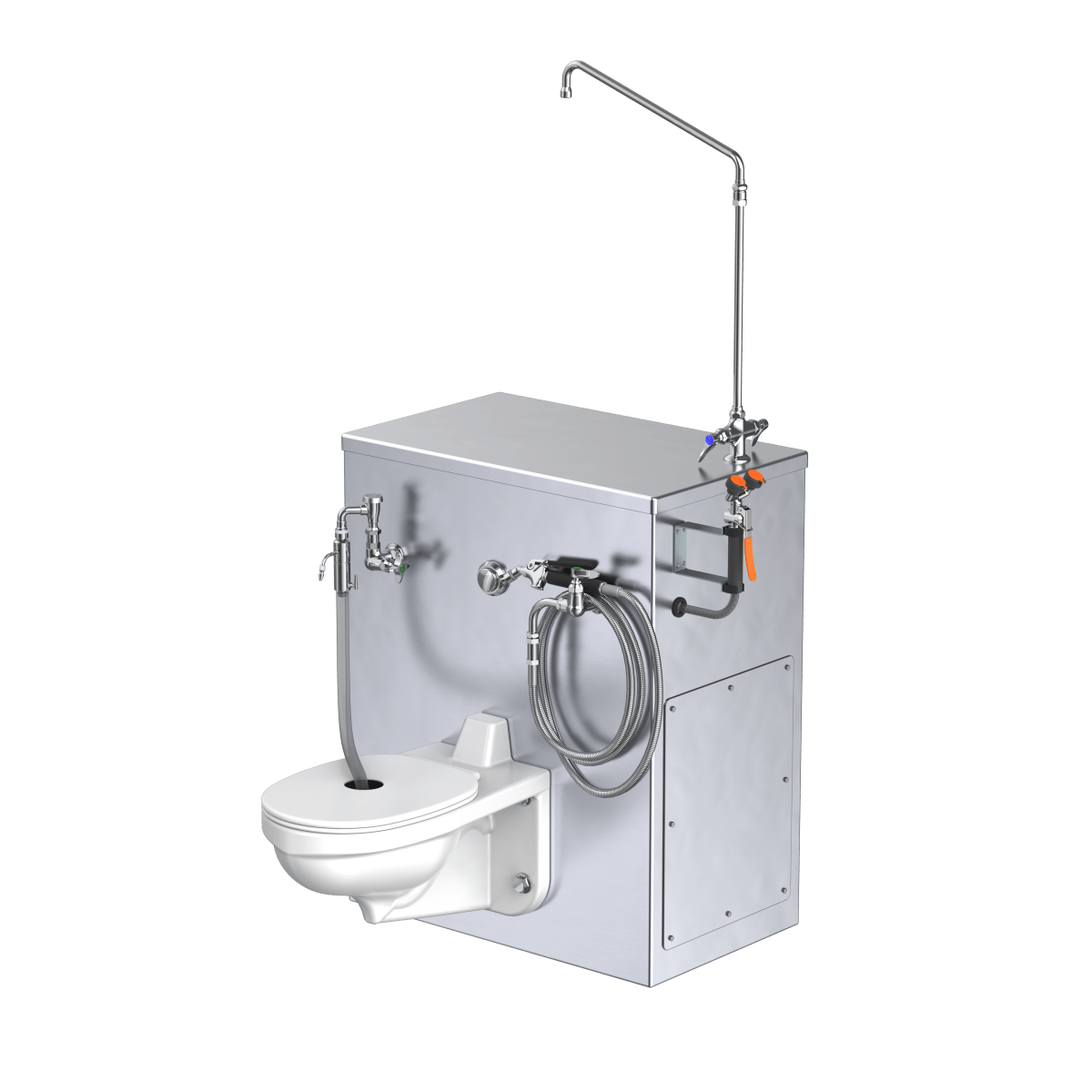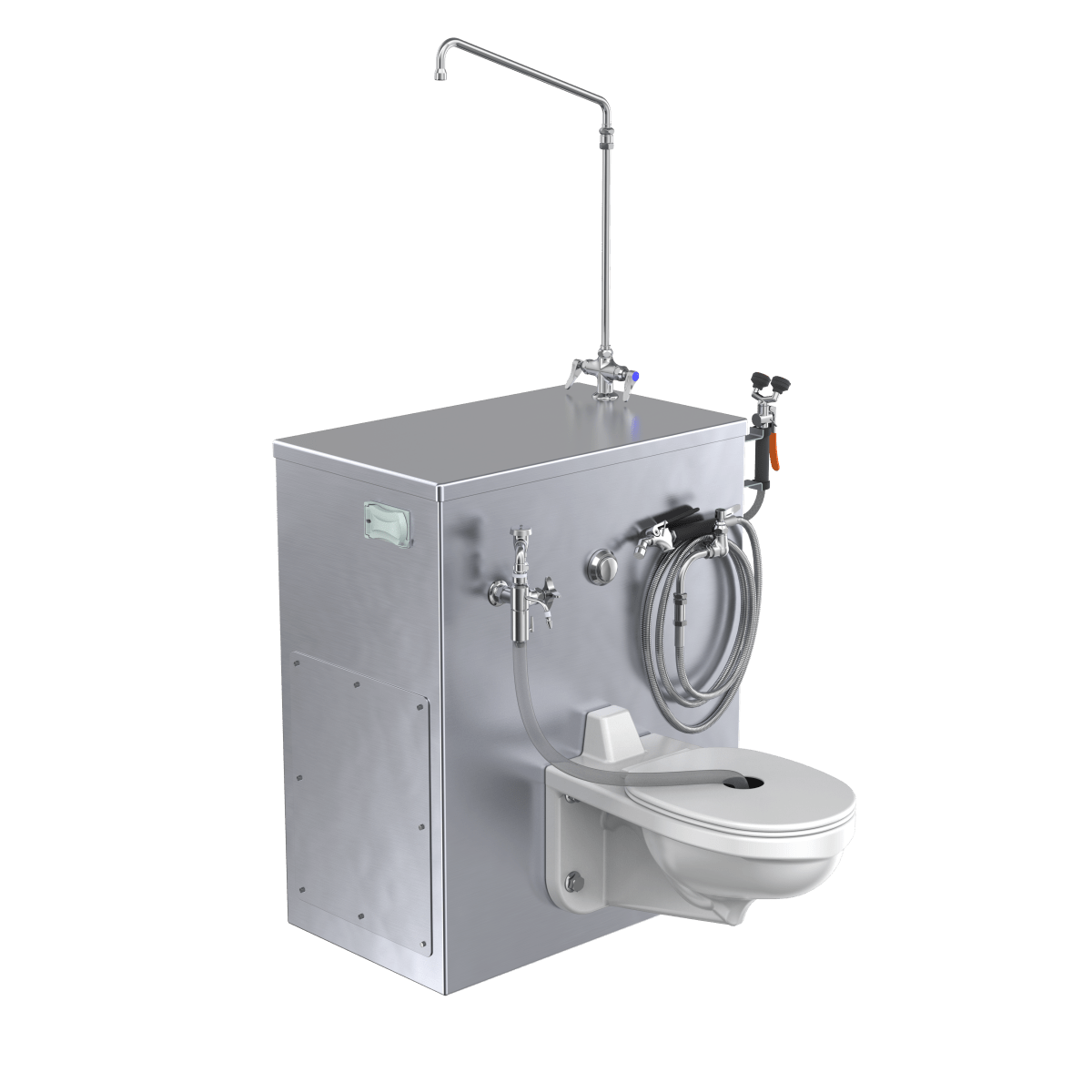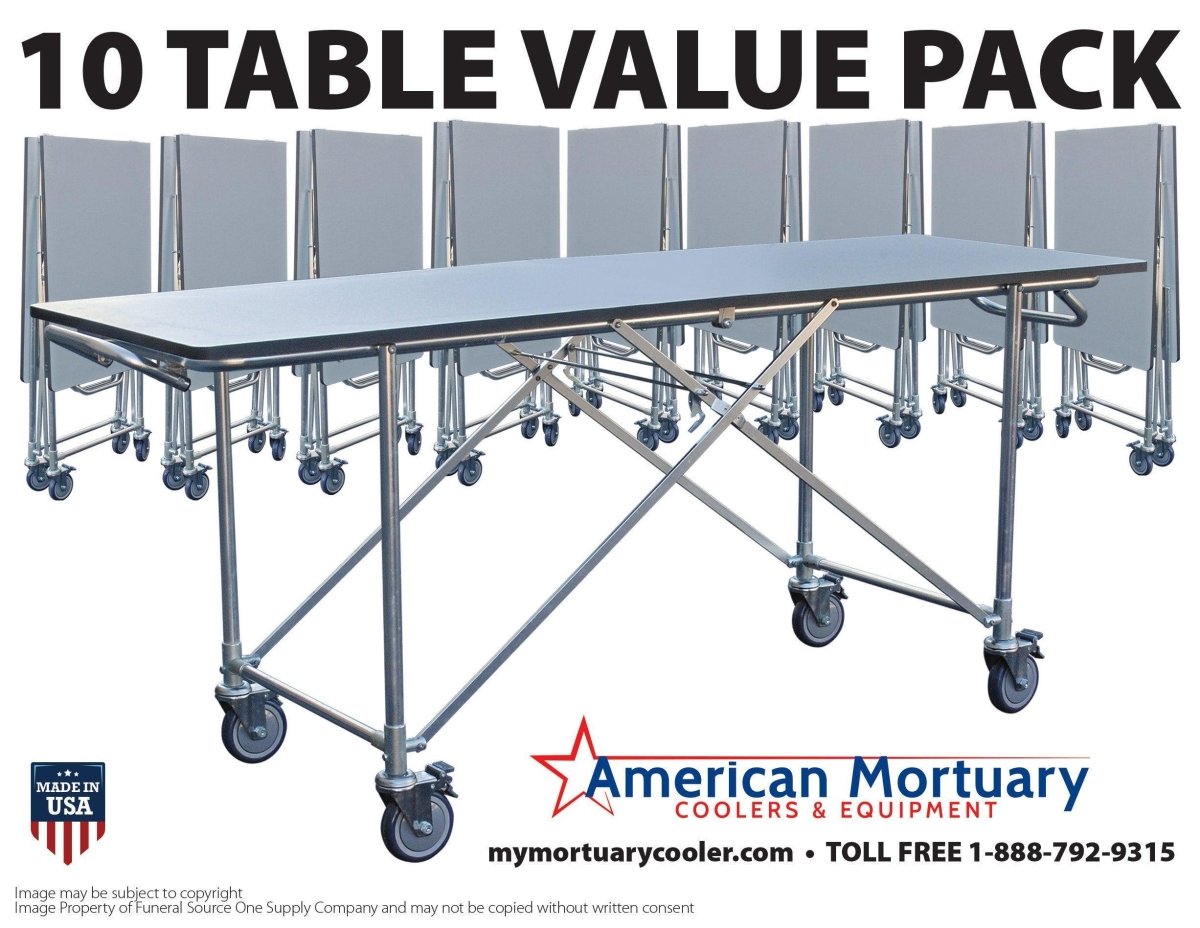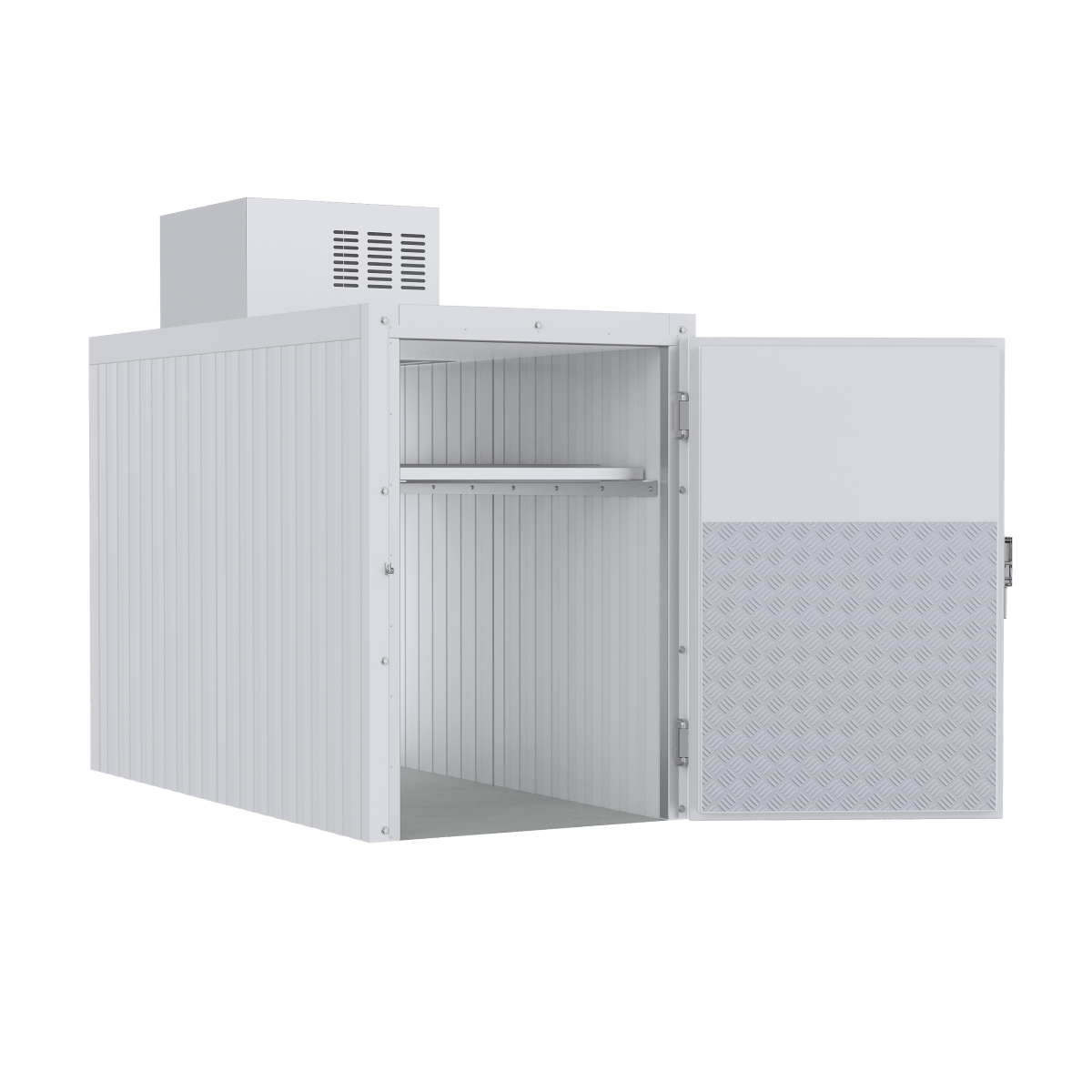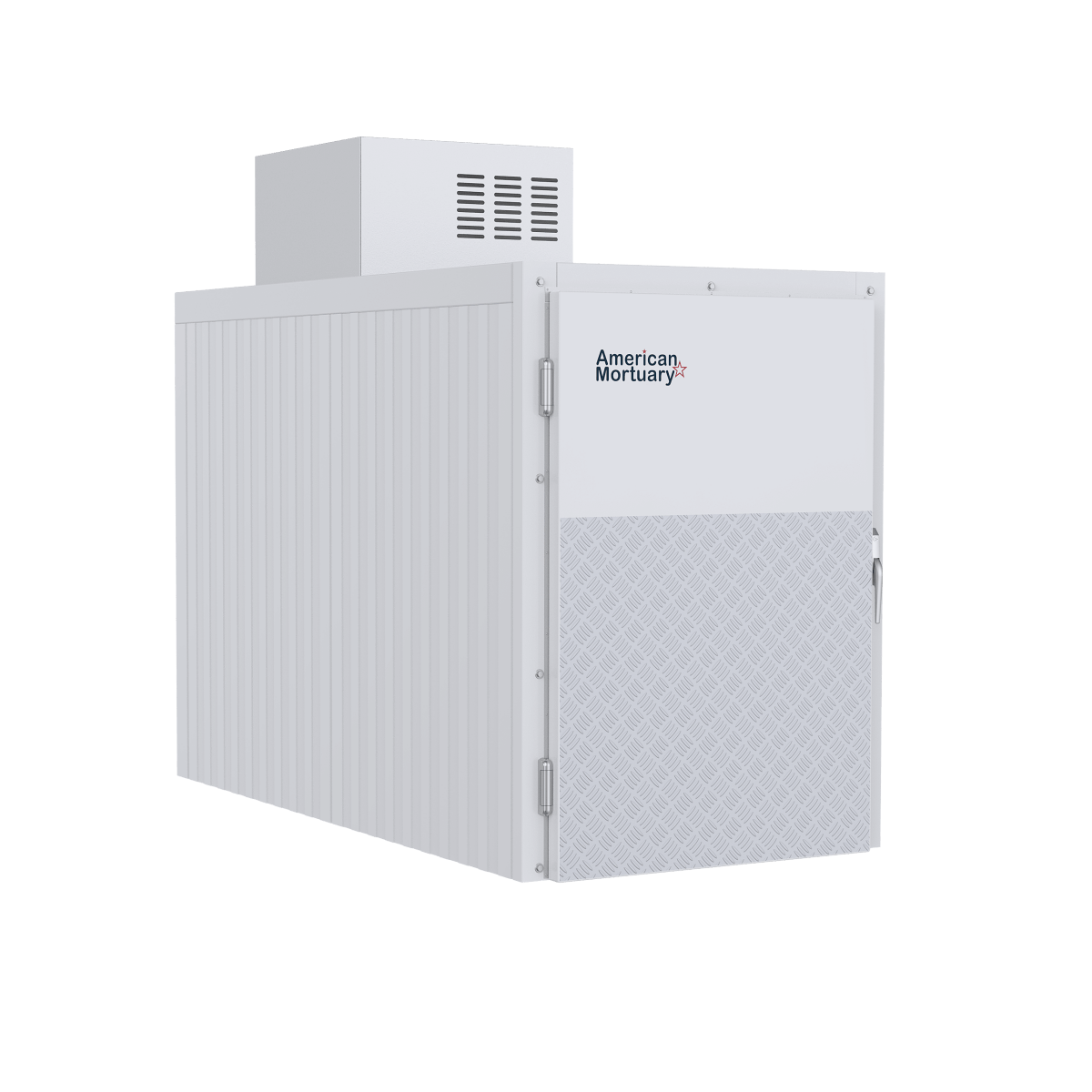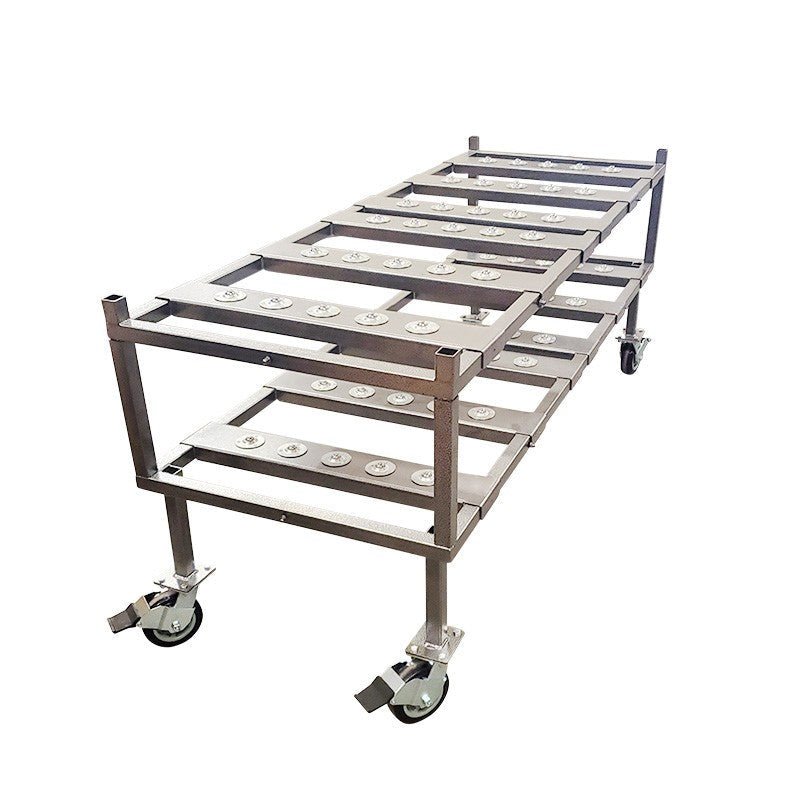Understanding Hydraulic Scissor Lifts - The Foundation of Industrial Lifting
Ever watched a hydraulic scissors lift in action? There's something almost magical about how these powerful platforms rise smoothly into the air, carrying substantial loads with apparent ease. At their heart, these lifts use hydraulic pressure to extend interconnected supports arranged in that distinctive X-pattern (the scissor mechanism), providing stable, precise vertical movement that countless industries rely on daily.
Think of a hydraulic scissors lift as the unsung hero of material handling. These workhorses can handle anything from a few hundred pounds to a staggering 120,000 pounds, depending on the model. Their platforms range from compact 16" × 36" surfaces to expansive decks stretching nearly 35 feet in length. And when it comes to lift height, they're equally impressive – standard models typically rise 2-5 feet, while specialized versions can extend nearly 30 feet into the air.
What makes these lifts so special is their brilliant combination of simplicity and strength. The scissor design maintains rock-solid stability throughout the entire lifting range while keeping a relatively small footprint. Meanwhile, the hydraulic system delivers consistent, reliable power whether you're lifting a few boxes or several tons of equipment.
I'm with American Mortuary Coolers, where we've specialized in providing custom hydraulic scissors lifts specifically designed for funeral homes and crematories nationwide. Over the years, we've worked closely with funeral directors across the country to develop lifting solutions that not only improve efficiency but also maintain the dignity essential in mortuary operations.

You might encounter some specialized terminology when looking at hydraulic scissors lifts for mortuary applications. Terms like mark iv table 2 refer to specific equipment configurations common in the industry. Similarly, understanding tug for racks and cremation oven terminology can help you better integrate your lift with other mortuary equipment.
Being based in Tennessee gives us a central location to serve funeral homes across the contiguous 48 states with our custom-built mortuary equipment. We've built our reputation on creating durable, custom solutions that perfectly match each facility's unique needs – and delivering them directly to your door, no matter where you're located.
How a Hydraulic Scissor Lift Works — The Engineering Behind the X-Pattern
Ever wonder what makes a hydraulic scissors lift rise so smoothly with heavy loads? It's all about that distinctive X-pattern design combined with the power of hydraulics - a marriage of simple mechanics and fluid physics that creates an incredibly effective lifting solution.
At the heart of every hydraulic scissors lift are the pantograph arms - those crisscrossing steel supports that give the lift its scissor-like appearance. When these arms extend, they create vertical movement with remarkable stability. What's truly clever about this design is how it converts horizontal force into vertical lift with constant torque throughout the entire range of motion.
The lifting action begins when hydraulic fluid (usually oil) gets pressurized by a pump and flows into one or more cylinders. As these cylinders push outward, they force the scissor arms to spread apart, raising the platform upward. To lower the platform, flow-control valves carefully release the pressure, allowing gravity to bring everything back down at a controlled speed.
"The beauty of hydraulic scissors lifts is that they maintain constant torque regardless of speed variations," as industry experts often note. This consistent power delivery is a significant advantage over mechanical systems that might struggle at certain heights or with uneven loads.
Recent scientific research on algorithmic design has further refined how engineers calculate the optimal geometry for these systems. By precisely balancing the scissor stages, joint forces, and platform dimensions, today's lifts achieve remarkable efficiency with minimal energy input.
Key Components and Motion Cycle
A well-designed hydraulic scissors lift combines several critical components working together like a well-rehearsed orchestra:
The base frame serves as the sturdy foundation, typically constructed from heavy-gauge steel to withstand substantial loads while housing the hydraulic power unit. Think of it as the lift's roots - invisible to most users but absolutely essential.
The scissor legs are the stars of the show - those interconnected steel arms forming the X-pattern that gives these lifts their name. These legs feature reinforced pivot points designed to handle thousands of cycles without failing.
Up top, the platform deck provides the actual load-bearing surface. Depending on your needs, this might be a simple flat surface or something more specialized like a U-shaped table that allows pallet jacks to roll directly onto it.
The lift stroke sequence is beautifully straightforward. At rest, the scissor arms are compressed like a closed pair of scissors. When activated, hydraulic pressure pushes against the cylinder, causing the arms to spread apart. As they extend, the platform rises smoothly upward. During descent, those carefully calibrated flow control valves ensure the platform lowers gently regardless of the load weight.
Energy Sources & Power Units
One of the most versatile aspects of hydraulic scissors lifts is their adaptability to different power sources. Here at American Mortuary Coolers, we help customers choose the ideal configuration for their specific needs:
Electric-hydraulic systems are our most popular option for mortuary applications. These units use standard electrical power to drive the hydraulic pump, offering reliable, consistent performance with minimal maintenance. They're perfect for permanent installations where electrical outlets are readily available.
Battery-powered lifts provide excellent mobility when you need to move equipment between rooms or facilities. The rechargeable batteries eliminate the need for cords, making these systems ideal for facilities where layout flexibility matters.
For simpler applications or locations without reliable power, foot-pump manual systems offer a back-to-basics approach. These lifts require no external power source - just good old human effort applied to a foot pedal to build hydraulic pressure. They're surprisingly effective for occasional use scenarios.
In environments where electrical equipment might pose safety concerns, air-over-hydraulic systems use compressed air to drive the hydraulic pump. These are particularly valuable in facilities that already have compressed air lines installed.
For mortuary and funeral home applications, we typically recommend electric-hydraulic systems because they provide the smooth, dignified movement essential when handling deceased individuals. The quiet operation and precise control create a respectful environment during what is always a sensitive time for families.
Understanding how these systems work helps our customers make informed decisions about which hydraulic scissors lift will best serve their unique needs - whether that's gently positioning caskets for viewing or safely transferring remains for cremation services.
Main Types of Hydraulic Scissors Lift
The world of hydraulic scissors lifts is diverse, with specialized designs to meet virtually any lifting challenge. Understanding the main types will help you narrow down the options for your specific needs.

Standard Models (The Workhorse)
Standard hydraulic scissors lifts are the backbone of industrial material handling. These versatile units typically handle between 2,000 to 6,000 pounds with a vertical travel range of 24" to 60". With a lowered height of about 7" and platform dimensions varying from 24" to 60" in width and 36" to 120" in length, they're truly the jack-of-all-trades in the lifting world.
These reliable workhorses show up everywhere from manufacturing floors to warehouse operations, happily positioning materials day in and day out without complaint. Their straightforward design means fewer headaches for maintenance teams too.
In funeral homes and mortuaries, we often see these standard models serving faithfully in preparation rooms and receiving areas. They provide that stable platform needed for supporting caskets and preparation equipment at just the right working height – saving staff backs while maintaining the dignity of those in their care.
Low-Profile Lifts
When you need to get really, really low to the ground, low-profile hydraulic scissors lifts are your new best friend. These remarkable units can collapse down to a mere 3" height – practically pancake-flat in the lifting world! They typically handle loads between 1,000 to 3,000 pounds and often feature clever U-shaped or E-shaped tops that allow pallet jacks to roll right on.
The beauty of these low-riders? No ramps, no pits, no problems. A standard pallet jack can roll directly onto the platform, making loading and unloading operations smooth as silk.
I've seen how valuable these lifts are in funeral settings. They make transferring deceased individuals from transport vehicles to preparation tables or storage racks so much gentler – reducing physical strain on staff while preserving the dignity of those who have passed. When you're handling someone's loved one, that kind of care matters deeply.
High-Capacity & Heavy-Duty Units
Sometimes you need a lift with some serious muscle, and that's where high-capacity hydraulic scissors lifts flex their strength. These powerhouses can handle anywhere from 8,000 to a whopping 120,000 pounds – that's the weight of about 30 cars!
Built like tanks, these units feature extra-thick scissor arms and large-bore hydraulic cylinders that can take on challenges that would make standard lifts cry. According to Cisco-Eagle's Heavy Duty specs PDF, these beefy machines use "extra-thick scissor arms and large low-pressure cylinders" to achieve their impressive lifting capabilities while maintaining safety and control.
For crematory operations handling oversized cases or multiple loads, these high-capacity lifts provide the necessary strength while ensuring stable, controlled movement. When dignity and care are paramount – as they always are in the funeral industry – that rock-solid stability becomes even more critical.
Custom & Multi-Stage Solutions
When off-the-shelf just won't cut it, custom and multi-stage hydraulic scissors lifts come to the rescue. These specialized solutions often feature double, triple, or even quad configurations that stack entire scissor mechanisms on top of each other – like a layer cake of lifting power. This clever approach achieves greater heights while maintaining a compact footprint when lowered.
The possibilities here are truly remarkable. I've seen custom four-stage lifts designed for aerospace testing that can raise 12,000 pounds to a height of 49 feet – that's nearly as tall as a five-story building! Many of these designs rely on sophisticated algorithm-driven sizing to optimize every aspect of their performance.
At American Mortuary Coolers, we've created custom hydraulic scissors lifts for clients across the Rocky Mountain and Southeast regions with unique requirements. Some of our most interesting projects include specialized platforms for bariatric handling and systems that integrate seamlessly with existing mortuary equipment. When standard just won't do, we love the challenge of creating something perfectly custom to your specific needs.
Industries & Real-World Applications
The beauty of a hydraulic scissors lift isn't just in its engineering—it's in how these versatile platforms transform work across countless industries. From funeral homes to factory floors, these lifts have become essential tools that make difficult tasks easier, safer, and more dignified.
Funeral & Mortuary Handling
In the sensitive world of funeral services, hydraulic scissors lifts provide both practical functionality and essential dignity.
When it comes to casket positioning, these lifts eliminate awkward manual handling, allowing funeral directors to smoothly transfer caskets between preparation areas, viewing rooms, and hearses with precise height control. This not only protects staff from back injuries but maintains the reverence families expect.
For crematory loading, specialized lifts make a world of difference. As Tom, a crematory manager in Nashville told us, "Before our hydraulic lift, transferring remains into the retort was our most physically demanding and emotionally challenging task. Now it's smooth and respectful—exactly as it should be." The multi-directional tops on these lifts allow for perfect alignment with cremation chambers, ensuring a dignified process.
Ergonomic embalming tables with hydraulic lift mechanisms have become game-changers in preparation rooms nationwide. By adjusting to the perfect working height, they reduce the physical toll of lengthy embalming procedures. As one veteran embalmer with 30 years of experience enthusiastically shared, "The hydraulic embalming table with an oversized top is the best money I've ever spent!"
At American Mortuary Coolers, we've partnered with funeral homes from Chicago to New York to create custom hydraulic scissors lift solutions that seamlessly integrate with their unique facilities and workflow needs.
Material Handling & Assembly Lines
Step onto a manufacturing floor and you'll likely see hydraulic scissors lifts in constant use, changing how materials move through production.
For work-positioning, these lifts bring components to "the golden zone"—that ergonomic sweet spot between waist and shoulder height. This seemingly simple adjustment dramatically reduces worker fatigue and boosts productivity, especially during repetitive assembly tasks. One electronics manufacturer reported a remarkable 22% increase in throughput after installing hydraulic scissors lifts at key workstations.
During pallet build-up and tear-down operations, smart facilities use lifts that gradually adjust height as workers add or remove items. This keeps the working surface at a consistent level, eliminating thousands of back-straining bends throughout a shift. The impact on reducing musculoskeletal injuries can be dramatic—one distribution center reported a 35% decrease in reported back strains within six months of implementation.
Conveyor integration represents another brilliant application, with lifts positioned at strategic points to facilitate smooth transitions between different production levels. These seamless handoffs eliminate bottlenecks and keep products flowing efficiently through complex manufacturing systems.
Beyond these core applications, hydraulic scissors lifts have found homes in automotive service centers (providing technicians with perfect-height vehicle access), construction sites (elevating materials even on rough terrain), logistics docks (streamlining truck loading/unloading), aerospace testing facilities (positioning aircraft components), and even entertainment venues (where they create dramatic stage effects and set movements).
The versatility of these platforms continues to expand as industries find new ways to leverage their stable, controlled vertical movement capabilities—proving that sometimes the simplest mechanical concepts deliver the most profound workplace improvements.
Features, Benefits & Ergonomic Gains
The true value of a hydraulic scissors lift extends far beyond its basic lifting capability. Modern lifts incorporate numerous features designed to improve safety, efficiency, and operator comfort.

Key Features That Make a Difference
When you invest in a quality hydraulic scissors lift, you're getting a piece of equipment designed with thoughtful features that truly make daily operations smoother.
The smooth vertical travel these lifts provide is something operators immediately notice - unlike some lifting mechanisms that jerk or hesitate unexpectedly, a well-designed hydraulic scissors lift moves with consistent, controlled precision throughout its entire range. This smooth movement is especially important in mortuary settings where dignity in handling is paramount.
"The first time I used a quality hydraulic lift table, I was amazed at how smooth the operation was. It's like night and day compared to our old equipment," shared one funeral director from Nashville.
Another standout feature is the zero side drift capability. Thanks to the ingenious X-pattern design, the platform rises and descends perfectly vertically, maintaining precise positioning of whatever you're lifting. For mortuary professionals handling caskets or during preparation procedures, this stability is invaluable.
Safety comes built-in with velocity fuses - these critical components instantly stop platform descent if a hydraulic line ruptures, preventing uncontrolled drops. It's the kind of feature you hope you'll never need, but are thankful to have when an emergency occurs.
Maintenance concerns are addressed through lifetime-lubricated pivots. Modern lifts feature self-lubricating bearings at pivot points, dramatically reducing maintenance requirements while extending the service life of your equipment. For busy funeral homes, this means less downtime and more reliability.
Many of our clients appreciate the convenience of programmable height settings. These advanced control systems allow you to pre-set specific heights for repetitive operations, ensuring consistency and reducing cycle time for common tasks. One crematory operator mentioned that this feature alone saved his team significant time during daily operations.
For specialized handling needs, multi-directional tops with built-in rollers or turntables facilitate lateral movement of loads after lifting. This is particularly useful when positioning caskets or when space constraints require precise placement.
Safety and cleanliness are improved with accordion skirting - this protective barrier prevents access to the scissor mechanism during operation, keeping fingers safe while also preventing debris from entering the moving parts.
Ergonomic Benefits That Impact the Bottom Line
The ergonomic improvements from implementing a hydraulic scissors lift translate directly to real-world benefits for your funeral home or crematory.
Perhaps the most significant advantage is the reduced risk of musculoskeletal disorders. By eliminating the need for staff to bend, stretch, or manually lift heavy items, scissor lifts significantly reduce injury risk. One study found that implementing proper lift tables reduced back injuries by 30% in similar operations. For funeral directors who often work long hours during busy periods, this protection from injury is invaluable.
Your team will also notice improved work efficiency almost immediately. When materials and caskets are positioned at the optimal working height (typically elbow height for most tasks), your staff completes operations more quickly and with fewer errors. This efficiency translates directly to better service for the families you serve.
The extended working capacity that comes from reduced physical strain means your team experiences less fatigue throughout the day, maintaining productivity even during demanding periods. As one mortuary owner put it, "Our staff used to be completely worn out after busy days. Since adding proper lifting equipment, they're able to maintain their energy and focus much better."
There's also a notable impact on staff retention. Facilities that invest in ergonomic equipment like hydraulic scissors lift systems often report improved employee satisfaction and retention. In an industry where experienced, compassionate staff are your greatest asset, this benefit shouldn't be underestimated.
Productivity Metrics
The impact of a hydraulic scissors lift on productivity can be measured in several concrete ways that matter to your operation.
Cycle times for routine tasks see significant reductions. Operations that previously required manual lifting or repositioning become much more efficient. One funeral home reported a 15% decrease in preparation room task completion times after installing height-adjustable platforms, allowing them to serve families more promptly during difficult times.
Your staff will benefit from operator reach zone optimization. Properly positioned work surfaces keep materials within the "golden zone" (between shoulder and knuckle height), minimizing wasteful movement and reducing fatigue. This ergonomic principle applies whether your team is preparing a deceased individual or positioning items for a service.
For larger operations, lean-flow integration becomes possible. When integrated into streamlined processes, hydraulic scissors lifts eliminate wasted motion and improve continuous flow, supporting more efficient operations throughout your facility.
For mortuary operations specifically, these benefits translate to more dignified handling of the deceased, reduced physical strain on your valued staff, and improved efficiency during preparation procedures—all critical factors in providing excellent service to families during their most difficult times.
At American Mortuary Coolers, we've seen how the right lifting equipment transforms daily operations for our clients across the country. The investment in quality hydraulic scissors lift equipment pays dividends not just in efficiency, but in the wellbeing of your team and the quality of care you provide.
Selecting the Right Hydraulic Scissors Lift
Finding your perfect hydraulic scissors lift is a bit like dating – you need the right match for a long, happy relationship. The ideal lift becomes an invaluable team member, quietly boosting efficiency and safety year after year without complaint.

Critical Selection Factors
Let's talk about capacity first – this is non-negotiable. Your hydraulic scissors lift must confidently handle your heaviest loads with room to spare. Standard ratings assume weight is evenly distributed, so if your application concentrates weight in specific spots (like when handling caskets with uneven weight distribution), you'll need to account for that.
Platform size matters tremendously in daily operations. Too small and you'll constantly struggle with awkward positioning; too large and you're wasting valuable floor space. In mortuary settings, we typically recommend platforms ranging from 24" × 62" for standard cases to a more generous 36" × 84" when bariatric handling is needed.
The travel height consideration is two-fold: how low does it need to go, and how high must it reach? Low-profile models offer that coveted ground-level access but might not extend as high as you need. Multi-stage units can reach impressive heights but won't collapse quite as flat. It's all about finding your perfect balance.
Think about duty cycle – how often will this lift be working? A manual system might be perfect for occasional use, but if you're operating throughout the day, an electric-hydraulic system will quickly pay for itself in saved time and reduced staff fatigue. We've seen funeral homes dramatically improve their workflow efficiency just by upgrading from manual to powered systems.
Your environment plays a huge role too. A clean, temperature-controlled prep room has different requirements than a loading dock exposed to weather. Special considerations might include wash-down capabilities for sanitary environments, corrosion-resistant materials for humid conditions, or explosion-proof components for hazardous locations.
Power source options each have their sweet spot. Electric-hydraulic systems offer convenience but need proper electrical service. Battery-powered units give you mobility but require regular charging. Manual systems are simple and reliable but can be physically demanding with frequent use.
While budget naturally factors into any purchase decision, I always encourage clients to consider total cost of ownership rather than just the initial price tag. Quality lifts from reputable manufacturers typically deliver better long-term value through reduced maintenance costs, greater reliability, and longer service life.
Comparison of Major Hydraulic Scissors Lift Types
| Feature | Standard Lift | Low-Profile Lift | High-Capacity Lift | Multi-Stage Lift |
|---|---|---|---|---|
| Capacity | 2,000-6,000 lbs | 1,000-3,000 lbs | 8,000-120,000 lbs | 2,000-12,000 lbs |
| Min. Height | ~7" | ~3" | ~8" | ~8-12" |
| Max. Travel | 24"-60" | 24"-36" | 24"-120" | 60"-356" |
| Platform Size | 24"-60" × 36"-120" | 24"-48" × 36"-96" | 42"-96" × 60"-420" | 24"-60" × 36"-120" |
| Best For | General material handling | Pallet jack accessibility | Heavy machinery | Height-restricted spaces requiring significant elevation |
| Typical Applications | Assembly, work positioning | Loading/unloading, shipping | Machine installation, vehicle lifting | Maintenance access, multi-level feeding |
Load & Platform Calculator
When sizing up your hydraulic scissors lift needs, understanding load distribution makes all the difference. Standard capacity ratings assume weight spreads evenly across the platform (Uniformly Distributed Load or UDL). But real-world applications are rarely so perfect. If your typical load concentrates weight in specific areas – like when a casket has most weight toward one end – you'll need either a higher capacity rating or additional deck reinforcement.
Industry standards include a 2:1 safety factor, meaning a lift rated for 2,000 pounds is actually engineered to handle 4,000 pounds safely. This built-in buffer accounts for unexpected load shifts and dynamic forces. Speaking of which, if your lift will experience impact loading (like when items are placed onto the platform with force) or will be loaded while moving, look for models with appropriate dynamic load ratings.
For platform sizing, here's a practical tip: add at least 6 inches to each dimension of your largest anticipated load. This ensures adequate clearance for safe, stress-free handling. I've seen too many operations struggle with platforms that are just barely big enough – those extra few inches make daily use so much more comfortable.
Environmental & Compliance Checklist
Different settings demand different features from your hydraulic scissors lift. In mortuary environments, sanitation is paramount – stainless steel construction, sealed electrical components, and food-grade hydraulic fluids might be essential. These wash-down capable units withstand frequent cleaning while maintaining operational integrity.
For facilities dealing with potentially flammable materials, ATEX-compliant components and explosion-proof electrical systems aren't just nice-to-haves – they're absolute requirements. Similarly, clean-room operations need special materials, sealed bearings, and appropriate filtration to prevent contamination.
All hydraulic scissors lifts should comply with relevant safety standards, including ANSI MH29.1 (the American National Standard for Industrial Scissors Lifts) and OSHA 1910.29 (requirements for fall protection systems). These aren't just bureaucratic hoops – they represent hard-earned wisdom about keeping people safe around powerful equipment.
At American Mortuary Coolers, we understand that funeral homes face unique challenges. Our team works closely with funeral directors across the country, from our base in Johnson City, TN to facilities throughout our service regions. We help select lift systems that not only meet regulatory requirements but also address the practical, day-to-day needs of mortuary operations. The right lift doesn't just move things up and down – it transforms your entire workflow with quiet efficiency.
Safety Standards & Best Practices for Hydraulic Scissors Lift
Safety isn't just a checkbox when it comes to hydraulic scissors lifts – it's the foundation that supports every successful operation. These powerful machines deliver incredible utility, but they require thoughtful safeguards and smart procedures to keep everyone safe while ensuring your equipment delivers years of reliable service.
Industry Standards and Required Features
The good news is you don't have to invent safety standards from scratch. Quality hydraulic scissors lifts comply with ANSI MH29.1, the comprehensive American National Standard that covers everything from design requirements to testing procedures.
When evaluating lift safety features, look for UL-Listed Control Systems that have earned Underwriters Laboratories certification – this isn't just a fancy sticker, but proof the electrical components have passed rigorous safety testing. You'll also want highly visible Emergency Stop Buttons that immediately halt operation when pressed, positioned where operators can quickly reach them from both the platform and ground level.
Modern lifts often include tilt and overload sensors that prevent operation if something's not right – whether the platform isn't level or someone's trying to lift more than the rated capacity. And when personnel will be riding on the platform, appropriate guard rails meeting OSHA 1910.29 requirements aren't optional – they're essential.
"All units conform to applicable ANSI codes," you'll often see on manufacturer specification sheets. This isn't just marketing talk – it reflects the industry's commitment to standardized safety practices that protect both operators and equipment.
For maintenance work, look for mechanical locks or maintenance props that physically prevent the platform from descending during inspection. These physical safeguards, along with Lock-Out/Tag-Out Provisions that allow complete power isolation, create multiple layers of protection during service procedures.
Hydraulic Scissors Lift Risk Mitigation
Even the best-designed lift needs thoughtful operation to maintain safety. Physical barriers like pinch-point shields or accordion skirting prevent curious fingers (or errant tools) from accessing the scissor mechanism during operation. Velocity fuses serve as hydraulic safety devices that automatically block fluid flow if a line ruptures – think of them as automatic brakes that prevent uncontrolled descent.
But equipment features are only half the equation. Operator training and certification make a tremendous difference in workplace safety. Everyone who uses the lift should understand not just which buttons to push, but also load limits, emergency procedures, and the importance of daily pre-use inspections.
These quick but systematic checks before each use can catch issues with hydraulic connections, control functionality, or structural integrity before they become problems. Operators should also understand load distribution basics – knowing why centering loads matters and how to avoid point-loading that might exceed design specifications.
In mortuary applications, these safety measures take on special significance. A stable, secure lift ensures dignified handling of the deceased while protecting staff from injury during transfers and positioning. The last thing any funeral director needs is an equipment failure during a sensitive moment with a family's loved one.
Hydraulic Scissors Lift Personal Protective Equipment
While hydraulic scissors lifts come with multiple built-in safety features, personal protective equipment provides that extra layer of protection that smart operators never skip.
Hard hats become essential when operating lifts in environments with overhead hazards or when the lift will raise personnel to work near ceilings or overhead structures. Safety shoes with reinforced toes protect operators from potential crushing injuries during loading and unloading operations – a small investment that can prevent significant injuries.
For personnel working on liftd platforms, appropriate fall arrest anchorage and personal fall arrest systems may be required, depending on guardrail configuration and working height. These systems ensure that even if something unexpected happens, workers remain safe.
At American Mortuary Coolers, we believe safety should be woven into every aspect of lift design and installation. Our team provides comprehensive training for all equipment we install, ensuring that funeral home staff throughout our service regions—from New York to Los Angeles—understand both the operational procedures and safety protocols specific to their equipment. We've found that this investment in training pays dividends in both equipment longevity and operator confidence.
Maintenance, Warranty & Service Life Extension
Treating your hydraulic scissors lift right pays big dividends in the long run. With proper care, these workhorses can serve your funeral home faithfully for decades. Neglect them, and you might find yourself facing unexpected downtime at the worst possible moment.

Essential Maintenance Procedures
Think of your hydraulic scissors lift like a trusted vehicle – it needs regular check-ups to keep running smoothly. Even though many modern lifts come with "lifetime-lubricated" pivot points, those accessible grease fittings still need some love according to the manufacturer's schedule.
The lifeblood of your lift – its hydraulic fluid – degrades over time and should be changed about every 2,000 operating hours or annually, whichever comes first. I always remind our funeral home partners to use only the specific fluid type recommended by the manufacturer. Using the wrong fluid is like putting orange juice in your car's gas tank – nothing good comes from it!
Regular visual inspections make a world of difference. Keep an eye on those hydraulic cylinder seals and hoses for any signs of wear, leakage, or damage. Catching these issues early saves you from sudden failures and expensive repairs down the road. The same goes for monitoring bushing wear at pivot points – excessive play is your lift's way of asking for help.
Smart funeral directors know to track cycle counts. Many warranties are based on both time and number of operational cycles, so keeping accurate records helps with warranty claims and maintenance scheduling. For electric-hydraulic units, don't forget to regularly check wiring, controls, and motor condition – this prevents electrical gremlins from disrupting your day.
"I used to think maintenance was optional until our lift failed during a service," one funeral director in Nashville confided. "Now we have a monthly checklist and haven't had an issue in five years."
Warranty Considerations
Not all warranties are created equal. Most quality lifts include at least a 1-year warranty on parts and labor, but premium manufacturers offer much more extensive coverage. Some standouts like Advance Lifts provide an impressive 10-year/250,000 cycle warranty on their P-Series hydraulic scissor lifts – the longest standard warranty in the industry.
When shopping for your lift, pay attention to what's actually covered. Many warranties distinguish between structural components (typically longer coverage) and wear items like seals and bushings (shorter coverage). Also check whether you're getting parts-only coverage or if labor is included too.
The Prime Force warranty, detailed in their comprehensive manual, offers particularly strong protection for funeral homes, with clear guidelines on what's covered and how to maintain that coverage through proper maintenance.
Don't overlook service logistics either. Can you get on-site repairs if needed? What's the typical response time? For funeral homes, where dignity and timeliness are non-negotiable, these details matter tremendously.
Predictive Maintenance Technology
Modern hydraulic scissors lifts are getting smarter, with advanced monitoring systems that catch problems before they become disasters. Pressure transducers electronically monitor hydraulic system pressure, detecting subtle anomalies that might indicate developing issues. Some systems even connect to cloud analytics platforms that track operational metrics and compare them to expected parameters.
These smart systems can send automated service alerts based on either calendar time or cycle counts, giving your maintenance team a heads-up when service is due. No more relying on memory or manual tracking.
One funeral director from our Chicago location shared a telling story: "The remote diagnostics feature saved us from a major disruption during a busy week. The system alerted us to a pressure anomaly, and we scheduled maintenance before any visible problems occurred. That's peace of mind you can't put a price on."
Spare Parts & Support Options
When your hydraulic scissors lift does need attention, quick access to parts and technical support becomes crucial. Many manufacturers offer pre-assembled maintenance kits containing commonly needed components like seals, filters, and fasteners – saving you the hassle of tracking down individual parts.
For those middle-of-the-night emergencies (which always seem to happen at the worst times), premium manufacturers and service providers offer round-the-clock technical assistance. On-site service contracts that include regular inspections by factory-trained technicians can be worth their weight in gold for busy funeral homes.
At American Mortuary Coolers, we understand that downtime simply isn't an option in mortuary operations. That's why our service network spans the contiguous 48 states, with dedicated support teams in regions including the Northeast, Southeast, Southwest, Midwest, Rocky Mountain, and Pacific regions. When one of our clients needs help with their hydraulic scissors lift, we're never more than a call away.
Cost, ROI & Accessory Upgrades
Let's talk money, folks! Investing in a hydraulic scissors lift isn't cheap, but when you crunch the numbers, it often makes perfect business sense.
Understanding Cost Factors
The price tag on a hydraulic scissors lift can vary dramatically depending on what you need. Entry-level lifts that handle 1,000-2,000 pounds might start around $2,000, while heavy-duty monsters capable of hoisting 20,000+ pounds can easily exceed $20,000.
What drives these price differences? Capacity is the biggest factor – stronger components and beefier hydraulic systems cost more. The platform size matters too – more steel equals more dollars. If you need extended travel height, especially with fancy multi-stage configurations, expect to pay a premium.
Your choice of power unit affects both price and functionality. Manual systems are cheaper upfront but require good old-fashioned elbow grease and have limited capacity. Electric-hydraulic systems offer convenience and muscle but add to your initial investment.
Don't forget about those "hidden" expenses! Freight and installation can add 10-20% to your total project cost, especially for larger units. And if you need special features like stainless steel construction or explosion-proof components, your wallet will definitely feel it.
Return on Investment Considerations
Here's where the magic happens – understanding how that big purchase pays for itself over time.
First, consider the labor efficiency gains. One of our warehouse customers reported recouping their entire lift investment within 9 months through improved throughput. Workers spend less time on manual handling and more time on productive tasks.
The injury prevention aspect is huge too. The average cost of a back injury claim exceeds $40,000 – and that doesn't even count indirect costs like finding replacement workers or lost productivity. A good hydraulic scissors lift dramatically reduces this risk.
Quality lifts aren't disposable items either. With proper maintenance, you're looking at 15-20 years of service from reputable manufacturers. That spreads your investment over a very long operational period.
Smart business owners also take advantage of tax incentives like Section 179 deductions, which can significantly reduce the effective cost in the first year. And don't overlook the energy efficiency of modern hydraulic systems – they'll cost less to operate than older equipment.
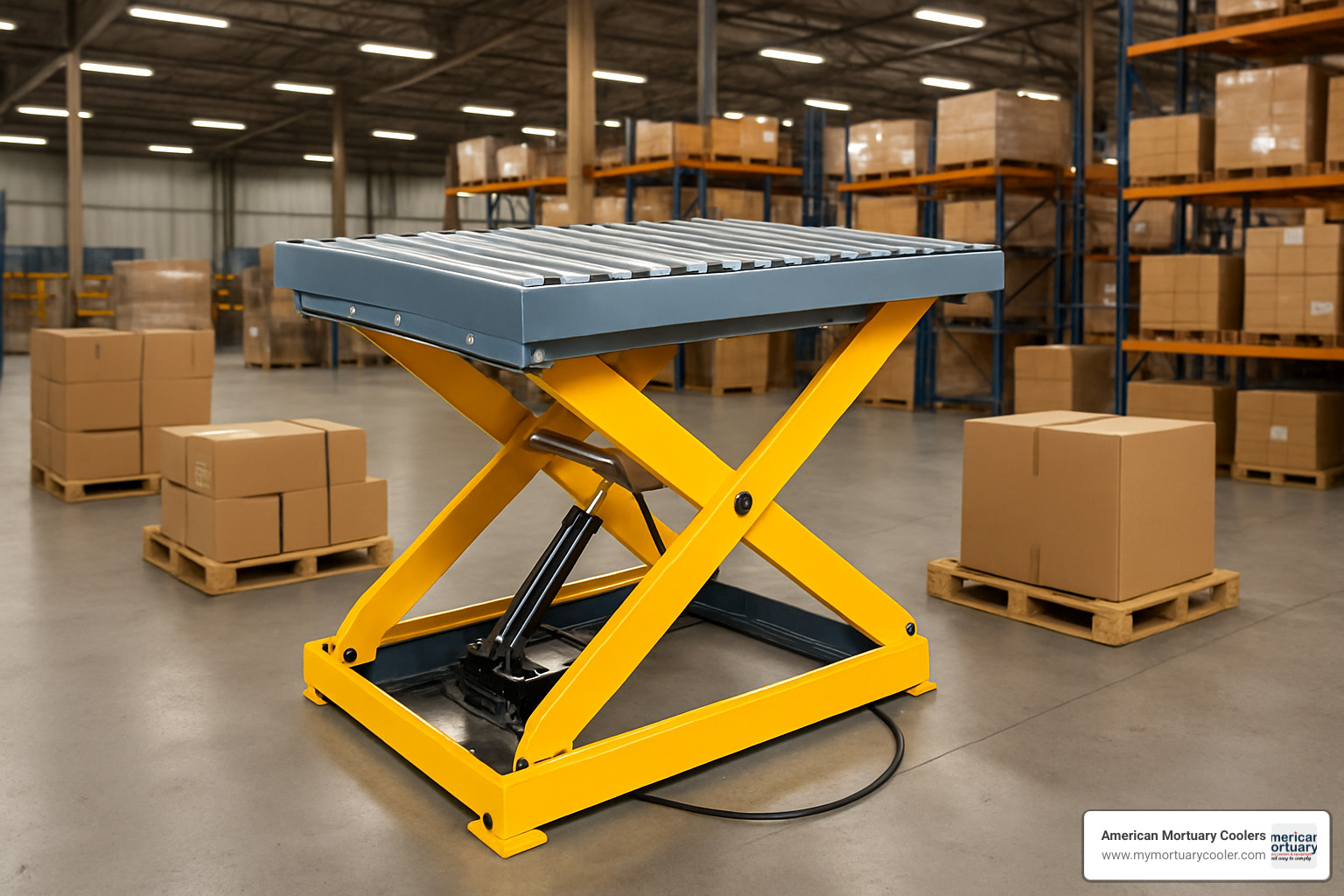
Valuable Accessory Upgrades
Once you've selected your lift, consider these popular add-ons that can take functionality to the next level:
Accordion skirting provides a flexible protective barrier around the scissor mechanism – keeping curious fingers (and debris) out while allowing full vertical travel. Turntables let you rotate loads without breaking your back trying to reposition heavy items manually.
For seamless material flow, conveyor tops with integrated rollers or belts make transfers smooth and effortless. Need to move around while operating your lift? Radio remote controls give you the freedom to position yourself wherever makes most sense for the task at hand.
Some facilities benefit enormously from integral scales built right into the lift platform. This clever addition eliminates the need to transfer loads to separate weighing equipment – saving time and reducing handling.
In our mortuary work, we often recommend specialized accessories like multi-directional tops with roller balls for casket positioning. The soft-start hydraulic controls we install provide exceptionally smooth movement – a feature that's not just about efficiency but also about maintaining dignity in handling.
Funding & Financing Paths
Not ready to write a big check? You've got options.
Many of our customers weigh the benefits of treating the purchase as a capital expenditure versus an operational expense. Traditional purchasing puts the lift on your books as a capital asset, while leasing might allow you to categorize it as an operational expense – which can offer accounting advantages depending on your situation.
Leasing programs are increasingly popular, offering fixed monthly payments (often with maintenance included) and upgrade options when the term ends. This approach preserves capital for other investments while still giving you access to the equipment you need.
Don't overlook the Section 179 tax deduction, which allows businesses to deduct the full purchase price of qualifying equipment in the year it's placed in service, rather than depreciating it over several years.
One funeral director from our Dallas location summed it up perfectly: "The leasing option allowed us to acquire a premium lift system with minimal upfront cost. The monthly payment is easily justified by the efficiency improvements we've seen."
At American Mortuary Coolers, we understand that buying equipment is a big decision. That's why we take the time to help you calculate the true ROI for your specific situation, ensuring you get the right lift at the right price with the right financing approach for your business.
Installation & Setup Requirements
Getting your hydraulic scissors lift properly installed isn't just about dropping it in place and plugging it in. Proper setup is crucial for safety, performance, and longevity. Let me walk you through what you'll need to consider before your new lift arrives.
Pre-Installation Planning
Before we deliver your hydraulic scissors lift, let's make sure your space is ready. We've installed hundreds of lifts across the country, from small funeral homes in rural Tennessee to large operations in Chicago, and proper planning always makes the difference.
First, we'll need a thorough site survey. This means checking your floor's condition and levelness (those small imperfections you barely notice can cause big problems for precision equipment). We'll also measure your available space – not just the footprint where the lift will sit, but also the overhead clearance needed for full extension.
Floor strength is critical – these aren't lightweight units! Most industrial hydraulic scissors lifts need floors capable of supporting at least 250 pounds per square foot. For our heavy-duty mortuary lifts that handle bariatric cases, that requirement can be substantially higher.
Power requirements vary by model. Smaller units typically run on standard 115V single-phase power, while our larger lifts need 208-230V or 460V three-phase connections. Don't worry – our team will help identify exactly what you'll need and can coordinate with your electrician to ensure everything's up to code.
For remote power units, we'll need to plan hydraulic hose routing. This might involve trenching for flush-mounted installations or creating protective pathways for exposed hoses. We always design with future maintenance access in mind – no one wants to tear up a floor for a simple service call down the road.
Installation Process
On installation day, our process follows a carefully developed sequence that ensures your hydraulic scissors lift will perform flawlessly from day one.
We'll start by positioning the lift using appropriate equipment – typically a forklift or crane for our larger models. Getting this initial placement right is crucial, especially in tight mortuary prep rooms where space is at a premium.
Next comes the critical leveling and anchoring step. A perfectly level base isn't just about aesthetics – it prevents premature wear on components and ensures safe, consistent operation. Our technicians use precision leveling tools and secure the unit with heavy-duty anchors appropriate for your specific flooring.
Once positioned, we'll connect the power supply. This should always be done by a qualified electrician familiar with industrial equipment. They'll ensure all safety disconnects and controls are properly installed and functioning.
The hydraulic system then needs careful preparation. We'll fill the reservoir with the exact hydraulic fluid specified for your model, carefully bleed all air from the system (air bubbles are the enemy of smooth operation!), and perform comprehensive leak checks.
Testing happens in stages. We'll first cycle the unloaded lift through its full range of motion, listening and watching for any irregularities. Then we gradually apply increasing loads up to the rated capacity, ensuring proper performance under real working conditions.
Perhaps most importantly, we provide thorough operator training for everyone who'll be using the equipment. This covers safe operation procedures, load limitations, emergency protocols, basic troubleshooting, and maintenance responsibilities. In the funeral industry, where dignified handling is paramount, this training is especially valuable.

Post-Installation Verification
Before we consider your hydraulic scissors lift ready for regular service, we complete a series of final checks and verifications.
Our comprehensive commissioning checklist systematically confirms every component and function is working perfectly. We're particularly careful with safety device testing – every emergency stop, velocity fuse, and limit switch gets verified under actual operating conditions.
We'll organize all your documentation, including operation manuals, warranty information, and maintenance schedules, into a convenient package. Many of our clients create a dedicated equipment binder that stays with the lift for easy reference.
Finally, we require formal operator training sign-offs. This isn't just bureaucratic paperwork – it ensures everyone using the equipment acknowledges their training and understands safe operation procedures. This step has proven invaluable for our clients when dealing with insurance requirements and safety audits.
At American Mortuary Coolers, our installation teams take pride in their work across all regions—from Pittsburgh to Los Angeles. We understand that in the funeral industry, equipment reliability isn't just about convenience – it's about providing dignified care during families' most difficult moments. That's why our installation process is as meticulous as it is thorough. When we leave your facility, you can be confident your new hydraulic scissors lift is ready for years of dependable service.
Frequently Asked Questions about Hydraulic Scissors Lift
What makes a hydraulic scissors lift safer than a mechanical lift?
Safety is always top of mind when you're lifting heavy loads—especially in the mortuary industry where dignity and care are paramount. Hydraulic scissors lifts offer several key safety advantages that give our customers peace of mind.
The beauty of hydraulic systems is their built-in safety features. Unlike mechanical lifts that might strain and potentially fail when overloaded, hydraulic systems have natural pressure limitations that prevent them from attempting to lift beyond their capacity. It's like having a built-in safety valve that says, "Nope, that's too heavy!"
When it comes to lowering loads, hydraulic scissors lifts really shine. Their flow control valves ensure smooth, controlled descent regardless of how heavy the load is. This prevents those heart-stopping moments when platforms drop too quickly—something nobody wants when handling a casket or deceased individual.
Power failures happen, but they don't have to be a crisis. Most hydraulic systems include manual descent valves that allow you to safely lower the platform even without electricity. And should a hydraulic line ever rupture (rare, but possible), velocity fuses automatically block the flow, preventing the platform from dropping unexpectedly.
As one Tennessee funeral director told us, "The smooth, controlled movement of our hydraulic lift gives our staff confidence when transferring remains. There's never any jerky motion that might compromise dignity or make staff feel unsafe."
How often should I service the hydraulic system?
Taking care of your hydraulic scissors lift isn't complicated, but it is important. Think of it like maintaining your car—regular attention prevents bigger problems down the road.
For day-to-day operations, a quick visual check before use goes a long way. Look for any fluid leaks on the floor (they'll appear as small puddles or dark spots), listen for unusual noises during operation, and make sure the lift moves smoothly through its full range.
Monthly, take a few minutes to check hydraulic fluid levels and inspect hoses for any signs of wear or damage. This is also a good time to lubricate any accessible points if your model requires it (many modern lifts have lifetime-lubricated pivots).
Quarterly, we recommend a more thorough inspection of all pivot points, checking cylinder seals, and testing all control functions. This doesn't take long but can catch issues before they become problems.
The big service comes annually (or every 2,000 operating hours for heavy-use environments). This includes changing the hydraulic fluid, replacing filters, testing system pressure, inspecting the structure for any signs of wear, and verifying all control systems work properly.
These are general guidelines—your specific model might have different requirements. The manual that came with your lift is always the best reference, or you can call our service team if you've misplaced it. We keep records for all the equipment we've installed across the country.
Can I retrofit accessories after installation?
Life changes, and so do your needs. The good news is that most hydraulic scissors lifts can grow with you through retrofitted accessories and upgrades.
Platform modifications are among the most common upgrades we install. If you initially purchased a standard flat platform but now need a conveyor top for smoother transfers, or a turntable to rotate caskets without manual handling, these can typically be added after the fact. Just keep in mind that adding weight to the platform may slightly reduce the effective lifting capacity.
Control systems are another popular upgrade. Many funeral homes start with basic up/down controls but later add features like programmable positioning (preset heights for different staff members) or remote operation capabilities that allow a single person to manage transfers more efficiently.
Safety improvements can almost always be retrofitted. Accordion skirting to protect against pinch points, additional guardrails for personnel safety, or advanced sensor systems that prevent operation when obstructions are detected—all can be added to existing installations.
Even power system changes are possible in many cases. We've converted manually-operated lifts to electric-hydraulic systems for customers who found themselves using their equipment more frequently than anticipated.
Before making any modifications, though, it's always best to consult with us or the original manufacturer. Some changes might affect warranty coverage, and certain modifications require recertification to ensure ongoing safety compliance.
At American Mortuary Coolers, we design our hydraulic scissors lifts with future flexibility in mind. Our modular approach means that as your funeral home's needs evolve, your equipment can evolve too—without requiring complete replacement.
Conclusion
Finding the right hydraulic scissors lift isn't just about moving heavy objects – it's about changing how your mortuary business operates every day. Throughout this guide, we've walked through everything from the fascinating engineering that makes these lifts work to the practical considerations that will affect your daily operations.
For those of us in the funeral industry, a quality hydraulic scissors lift does something truly special. It allows us to handle the deceased with the dignity and respect families expect, while protecting our staff from the physical strain that can lead to injuries and burnout. Whether you're working in a small-town funeral home or a busy urban crematory, the right lift becomes an extension of your commitment to excellence.
Here at American Mortuary Coolers, we've spent years working alongside funeral directors across the country. We've seen how the proper equipment makes all the difference – not just in efficiency, but in the quality of care you can provide. Our custom lifting solutions are designed specifically for the unique challenges of mortuary work, whether that's gently positioning caskets for viewing or safely transferring remains for cremation.
The truth is, investing in quality lifting equipment pays for itself many times over. Our clients tell us about fewer staff injuries, smoother operations, and the peace of mind that comes from knowing they have reliable equipment when they need it most. When paired with our mortuary coolers, a custom hydraulic scissors lift creates a complete system for professional, dignified care.
We're proud to serve funeral professionals throughout the contiguous 48 states, with specialized knowledge of regional needs from Chicago to New York, across the Midwest and throughout the Southeast. Our Tennessee-based team understands that your equipment needs to work flawlessly every time – because in your business, there are no do-overs.
I'd love to hear about your specific lifting challenges and how we might help. Our team is just a phone call away, ready to design a solution that fits your space, your workflow, and your budget. After all, we're not just selling equipment – we're building partnerships with the professionals who carry out some of society's most important work.


